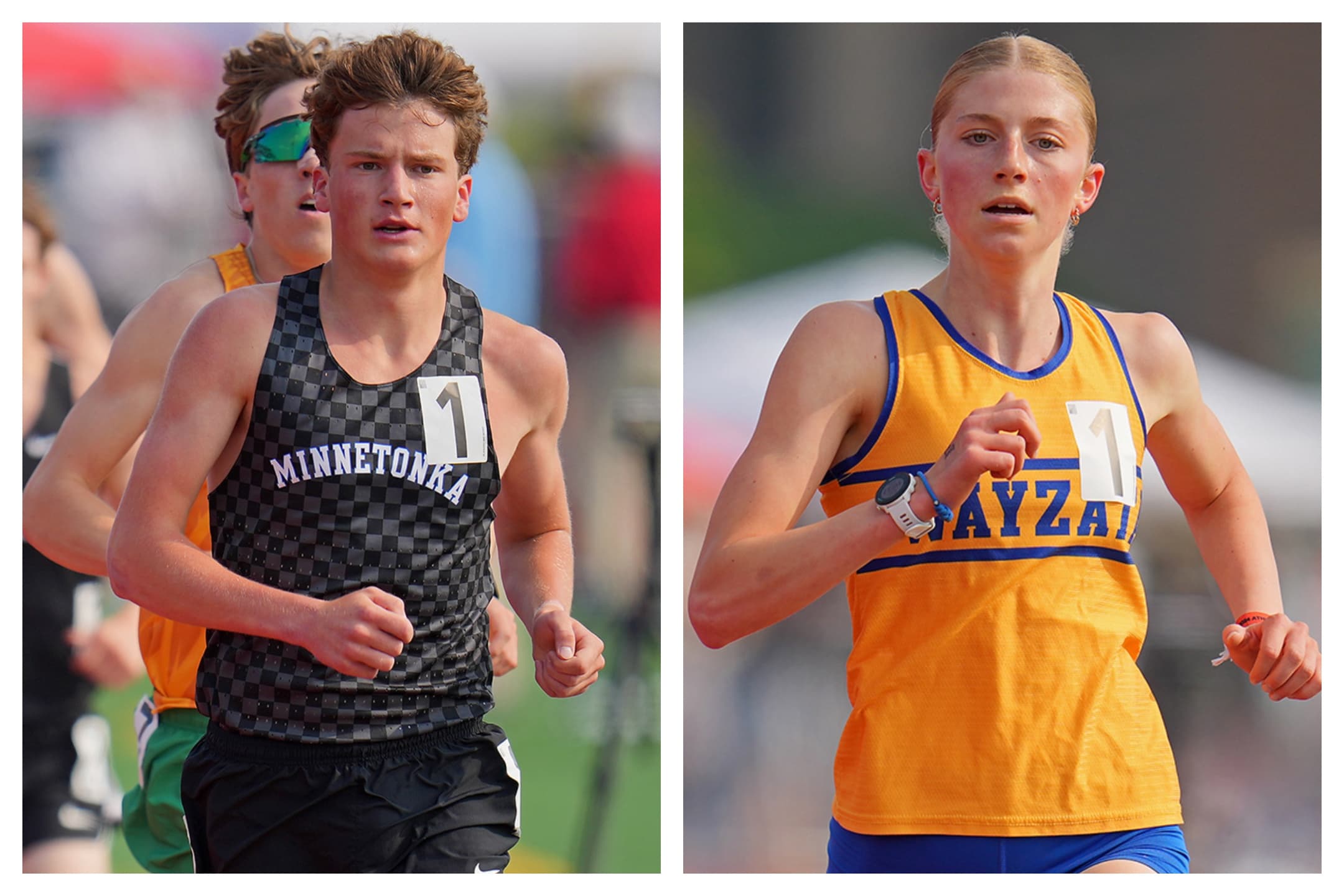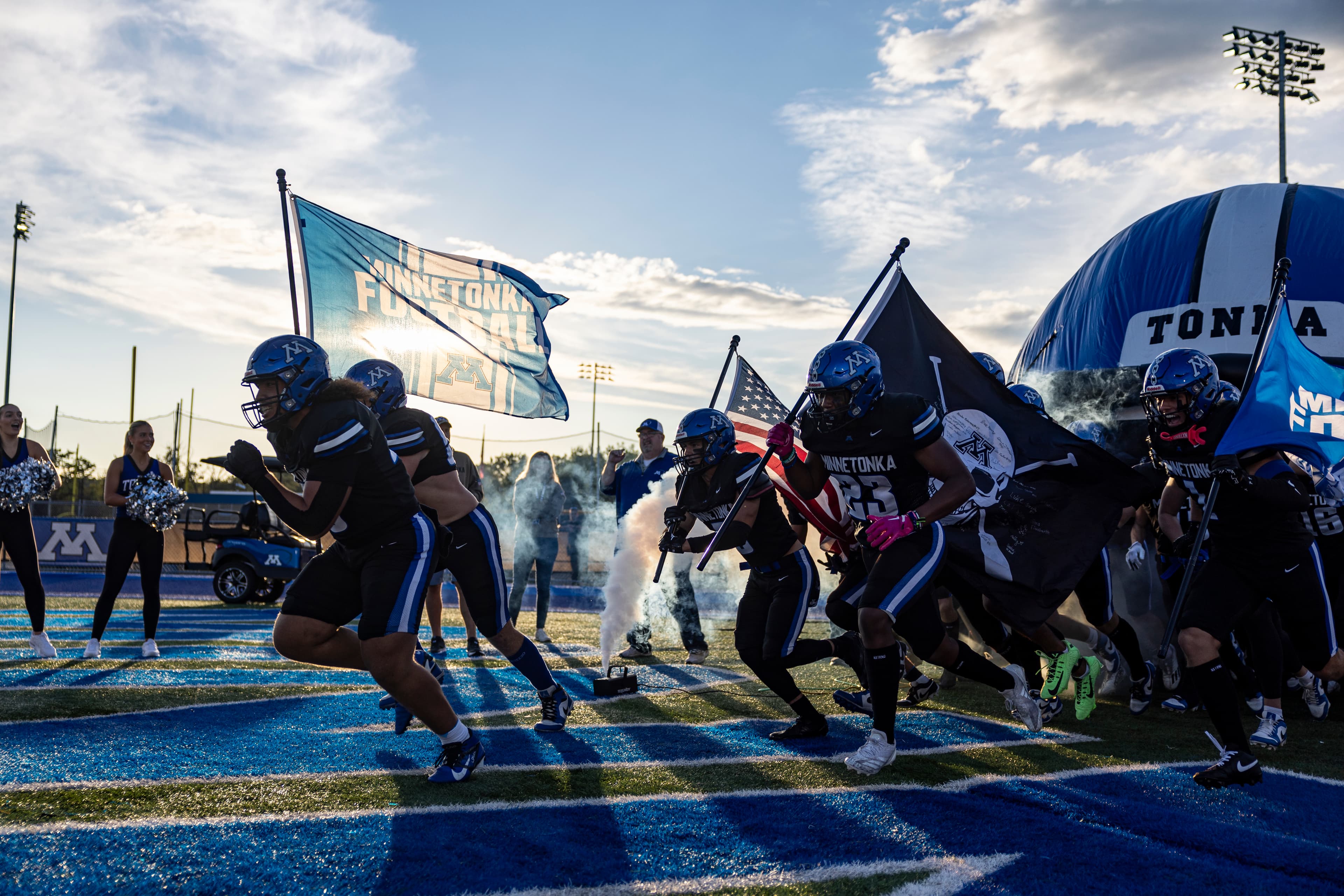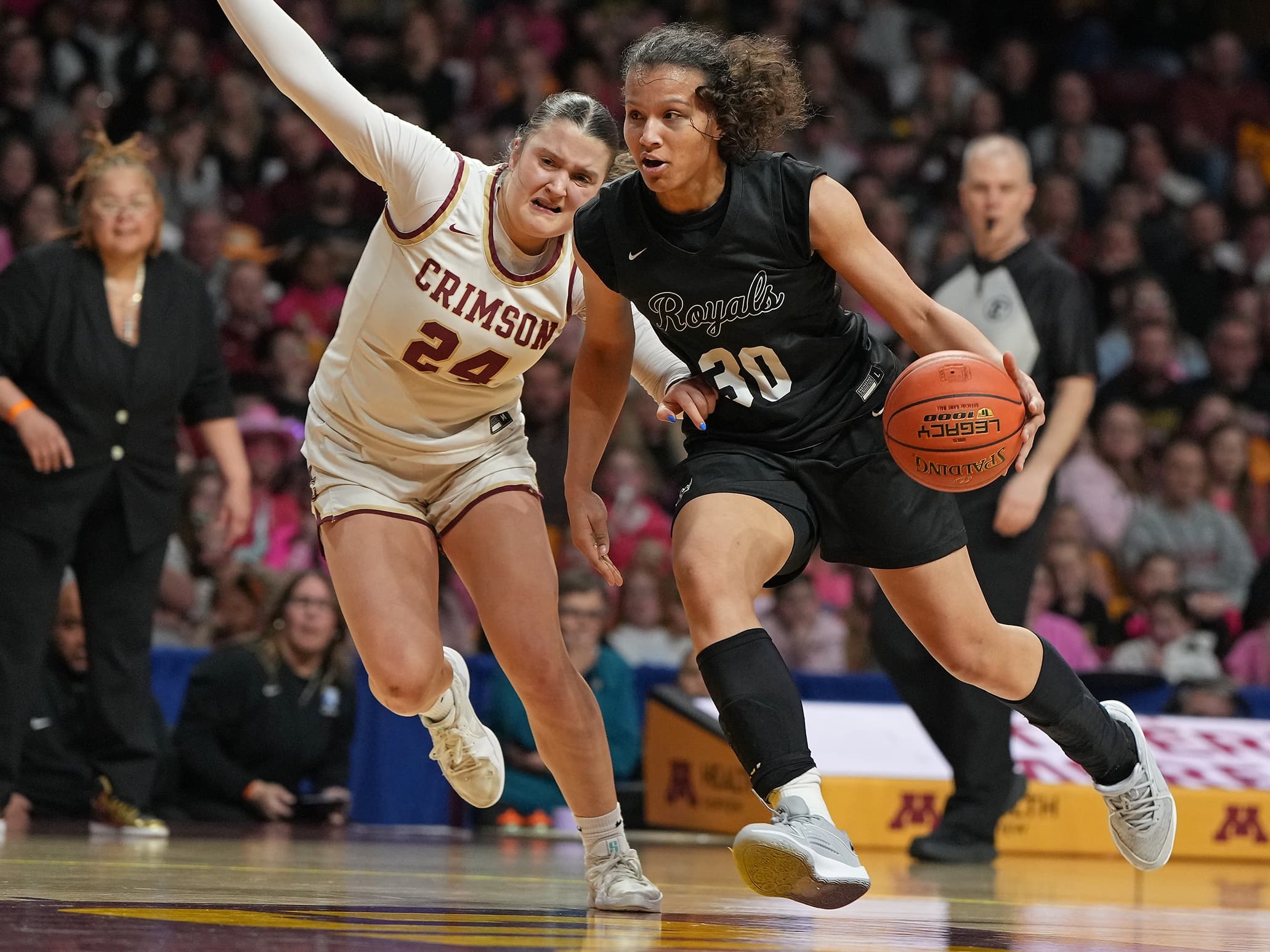How Minnesota became a national leader in adapted sports for high school students
It all began in 1978, when the Minnesota Association for Adapted Athletics was formed. Now the state has the United States’ highest participation in four adapted sports sanctioned in high schools.

By Joe Gunther
The Minnesota Star Tribune
In 1969, Marshall-University High School student Jim Christy set in motion the standards that would become adapted athletics in Minnesota when he challenged his teachers with a question: Why couldn’t physically impaired kids like him compete in sports like other students?
Nine years later, the Minnesota Association for Adapted Athletics (MAAA) was formed. It was the first organized group dedicated to adapted sports in the country.
The energy created by the MAAA has helped Minnesota become one of the nation’s leaders in adapting sports for athletes with physical or cognitive impairments. A league for adapted floor hockey was first formed in 1974. Soccer, bowling and softball have since been added.
The most recent participation report released by the National Federation of State High School Associations (NFHS), which writes the rules of competition for high school sports in the United States, showed Minnesota was the only state in the country to have 100 or more teams in a sanctioned adapted sport and more than 250 athletes in each sport.
As of 2024, Minnesota has the highest number of schools and students participating in adapted floor hockey (335 students), soccer (285), bowling (399) and softball (294).
“[Minnesota] was the first. They led the field. They were pioneers,” said Sandra Searcy, director of sports at the NFHS. “They’ve added sports since the inception and have been really successful in providing opportunities for all student-athletes. It’s no wonder that their participation numbers are at the top of the country.”
Later this month, the NFHS will release official participation numbers for all sports nationwide for the 2024-25 school year. Minnesota is expected to lead once again for adapted sports.
“Minnesota offers a fantastic example of how to create a system that provides opportunities for kids with physical [and cognitive] disabilities,” Searcy said. “It’s part of the culture and part of the norm. It’s a known quantity. It just grows from there. Trying to maintain and sustain that model can be tough. Minnesota’s done it.”
Dozens more high school students across Minnesota compete in track and field through various wheelchair divisions, from 100-meter sprints to shot put and discus throw.
“People know that Minnesota has a really unique set of programs with these adapted athletics in high schools,” said Marcus Onsum, the MAAA’s executive secretary.
Minnesota is also the only state to have four adapted sports that culminate with a state tournament; next is Georgia with three. The MAAA organizes the regular seasons for each sport before handing off the state tournaments to the Minnesota State High School League, the nonprofit organization that oversees high school athletics in the state.
Related Coverage
“The [MSHSL’s] buy-in is huge,” Onsum said. “It would be nearly impossible to hold state tournaments that are at the level we currently have without their support and their commitment to promoting things. Their backing not only provides a sense of legitimacy to it, but it is a huge thing for them to stand up and say, ‘This is important to the people around here and we’re going to make sure to continue these programs.’”
Some states have experienced success in other sanctioned sports, such as adapted basketball and swimming, but the MAAA does not foresee Minnesota adding adapted sports. Rewriting the rules of other sports to fit the needs of the athletes is the biggest hurdle to overcome, Onsum said.
“Our bigger push is to grow the programs we have and create more awareness statewide that these programs exist,” he said. “There are some really big school districts out there that either don’t have teams or maybe just have [one of the two divisions] and they aren’t fully involved yet.”
Onsum credits Minnesota’s success in adapted sports to the parents and guardians of the athletes.
“Just like any other parent of any other athlete, they want their kid to belong to something,” he said. “They want them involved and to be a part of their school’s activities. This really offers that opportunity. There’s other community-based opportunities and programs to be involved in, but it doesn’t tie to their school. Once parents realize these opportunities with the schools, they latch on to it and go with it because it really gives their child something to belong to.”
School administrators, teachers, coaches and other students deserve credit, too, he said.
“When you look at the overall support of the programs, the schools that host adapted athletic programs, everybody in the school supports them,” Onsum said. “Those kids that are participating are treated like any other athlete and accepted and recognized just like everybody else.”
About the Author
Joe Gunther
See More


Comments